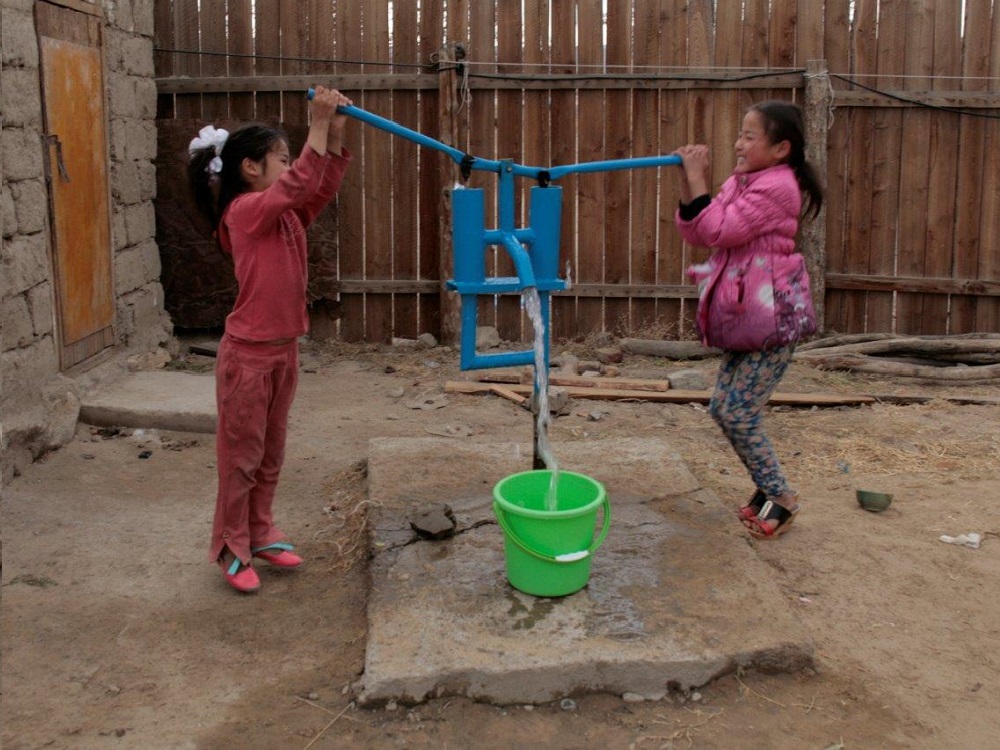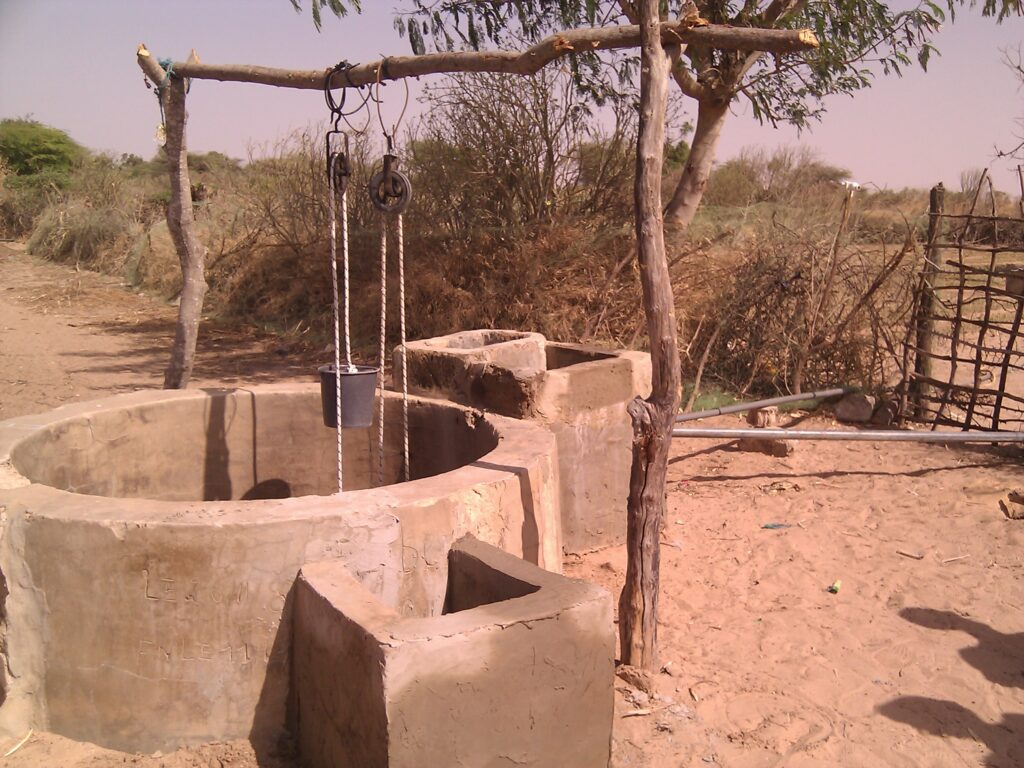Today there are still 650 million people, or one in ten people, without safe water to drink.*
World Water Day on March 22 brings awareness to this need, yet solutions aren’t easy. Each country, each community face their own unique difficulties. For this reason, our workers take part in water projects distinct to their communities.
Here are some of their stories.
From Seby DeVroome, CAMA Senegal
Small Plot Irrigation
“We have land, we have the know-how, and we have water.” This is something I hear all the time from farmers, and it’s true. They have all they need to grow produce. The problem is pulling water by hand takes time and energy. Physically they can only cultivate a small amount of land.
While we could spend tons of money on big pumps, we decided to invest in four fields by installing small pumps. This technique will allow farmers to irrigate fields three times larger, with multiple harvests a year.
If done well, these farmers could earn more than they spend during an entire year with money left over to invest. The hope is they will invest in other farmers in the village so that they too can work their way out of poverty. What better way to love each other than to meet each others’ needs?
From Marvin Pitman, CAMA Mongolia
Hovd Water Well Project

While access to water is abundant in our area of Mongolia, access to clean water is close to zero. In certain districts, there is no city water or sewer. Latrines are dug until they reach water, polluting the shallow water table with giardia, E-Coli, and other bacteria. This water, pulled from a hand-dug well, becomes a household’s sole source of water. In addition, clear water is synonymous with clean water. Cloudy water is known to be unhealthy, yet clear water is assumed safe to drink.
For these reasons, the Hovd Water Well Project began in 2013 to install cleaner wells and to educate households on sanitation and hygiene. From 2013 to 2015, we partnered with 31 families to complete 30 wells. CAMA also partnered with A. Janbirbai to obtain the necessary tools, materials, and skills for him to run a private business installing wells. He personally installed more than 35 wells and turned a profit.
For a three-week period in the hot season, a prison with over 100 inmates had no water at all. Imagine being in a hot cell in over 100-degree weather with no water. A truckload of water would come each day to give everyone a little. The director of the prison asked us if we could help. A local friend, who had well-drilling equipment, came and drilled a well within a week.
From a CAMA worker in Southeast Asia
Prison Water Project
In addition, these inmates, as well as inmates in two other prisons, were drinking tap water. No one drinks tap water here. It is easy to get amoebic dysentery or giardia. We were able to provide locally-produced, ceramic water filters so that inmates in all three prisons could filter water.
On an island prison with 3,000 inmates, the lake was the only drinking water available for inmates and guards. Sickness was a big issue, as was carrying the water. They would hike down a steep hill with buckets to haul the water back up. Our local staff, with the help of the inmates, built a large bio-sand filter with a pump. Now the water is pumped up the hill and runs through a filter!
From An Nguyen, CAMA Vietnam
Water Towers
People in poverty are common laborers, without much savings. If they get sick they cannot work to support their families. Even more, running water lightens the load on the poor, mainly women, who no longer have to carry heavy buckets of water. The poor can save their time and strength to better support their families.
We have a lot of water in Vietnam, but most open water is contaminated with pesticides, insecticides, and other chemicals. Cities have relatively good water systems, but not the countryside.
CAMA started by drilling wells for poor households but changed tactics due to water quality. Instead, we partnered with local communities to build small water tower systems. These towers provide safe water for 150-200 households. The systems draw water from the river, filter the water, and then chlorinate it to kill bacteria. Today, these communities have clean water to eat, drink, and bathe.
From Jon Erickson, Hope Clinic
Guinea Wells

For us at Hope Clinic, we tried digging wells and kept running into rock. We tried three different times. Finally, we had to pay a large sum of money for a drilling rig to come in. They ran into the rock, and the first well failed. They drilled again, and it was a success! Today, the difference in our clinic and local health centers is vast. One of those differences is running water. It makes the whole place cleaner. Toilets do not smell, surgery rooms are clean, patients have easy access to bathing and cooking water, and it is easier to clean.
In 2015, we dug a well in the village of Siuta. These villagers use to make trips to a dirty stream for water. With the well, the health of the whole village has improved. I visited a village just beyond Siuta for evangelism and drank some of the water. Big mistake. I can tell you, clean water matters.
While each of these projects is a little different, the constant is our team bringing the love of Christ to people who don’t know Him.
* Source: World Health Organization and UNICEF, 2015 Update and MDG Assessment.